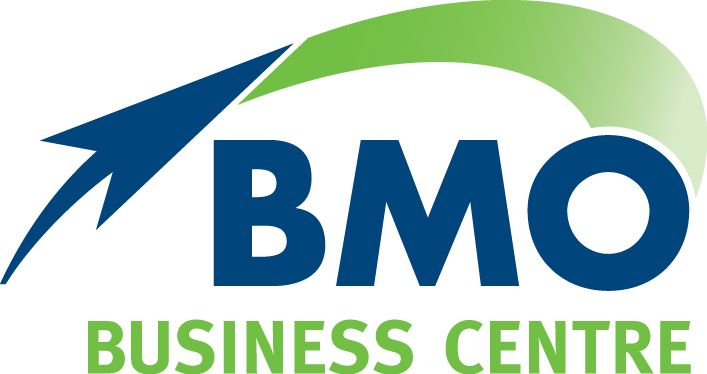How to master FBT compliance
Preparing for the Fringe Benefits Tax (FBT) year-end is never a walk in the park and, with the ATO now using increasingly sophisticated data matching programs, it is more important than ever to get your return right.
As part of the ATO’s post-pandemic campaign to improve taxpayer compliance and payment of tax debts, the ATO is using data matching tools to check whether businesses should be reporting employee fringe benefits and paying tax on them.(i)
As a small business owner, you shoulder full responsibility for accurately calculating the taxable value of all fringe benefits, lodging the FBT return, paying any required tax, and reporting fringe benefits on an employee’s payment summary if the individual benefits exceed $2,000.(ii)
Areas to check in your FBT return
Vehicle benefits are a continuing source of mistakes when it comes to FBT returns. The ATO is particularly interested in commercial vehicles (mainly dual cab utes) provided to employees. Many employers wrongly believe these vehicles are fully FBT-exempt. But an exemption only applies where private use of the vehicle is minor and infrequent. Check out this article for more information on why the ATO is flagging this area.
Dining and EV benefit rules
Entertainment and in-house dining fringe benefits are another area where it’s easy to be caught out.
Ensure you have detailed records related to these types of benefits (including any contributions made by employees) and check the benefits provided have met the 'minor and infrequent' rule.
Also keep an eye on the implications of new rules covering electric vehicle (EV) benefits.
Getting employees to play their part
To simplify the process of putting your FBT return together, it helps if your employees play their part.
For example, encourage employees who use salary packaging to spend all of their available annual balance before 31 March to avoid the headache of unspent or claimed benefits rolling over into the next FBT year.
If employees do not use their unspent balance, it still needs to be reported and deducted from their cap limit in the new FBT year, which can create additional paperwork.
Employee declarations
If you plan to use the FBT exemptions and concessions on offer, you may also need to obtain detailed records from your employees (such as travel diaries, logbooks, declarations and odometer records).(iii)
Any change in car usage due to a new work role needs to be noted and the business use percentage adjusted, or a new logbook started.
Start collating this information as early as possible to simplify the calculation and lodgement process.
Meeting the lodgement deadline
Unlike the normal tax year, the FBT year ends on 31 March, with the 21 May lodgement and payment deadline giving you only a short window to get your paperwork in order. If you lodge with an accountant the deadline is 25 June.
You need to determine the taxable value of the different fringe benefits your employees have received during the year, calculate the tax you need to pay and collect any required employee declarations.
All employee declarations must be obtained by the time your FBT return is due to be lodged. Even if you do not have to lodge a return, you must have the declarations by 21 May.
We can help with any questions you may have and assist you with preparing your FBT return. We also have a comprehensive Factsheet here.
(i) Addressing collectable tax debt – Tax Institute's Tax Summit 2023 | Australian Taxation Office
(ii) Reportable fringe benefits | Australian Taxation Office
(iii) Employee declarations | Australian Taxation Office


